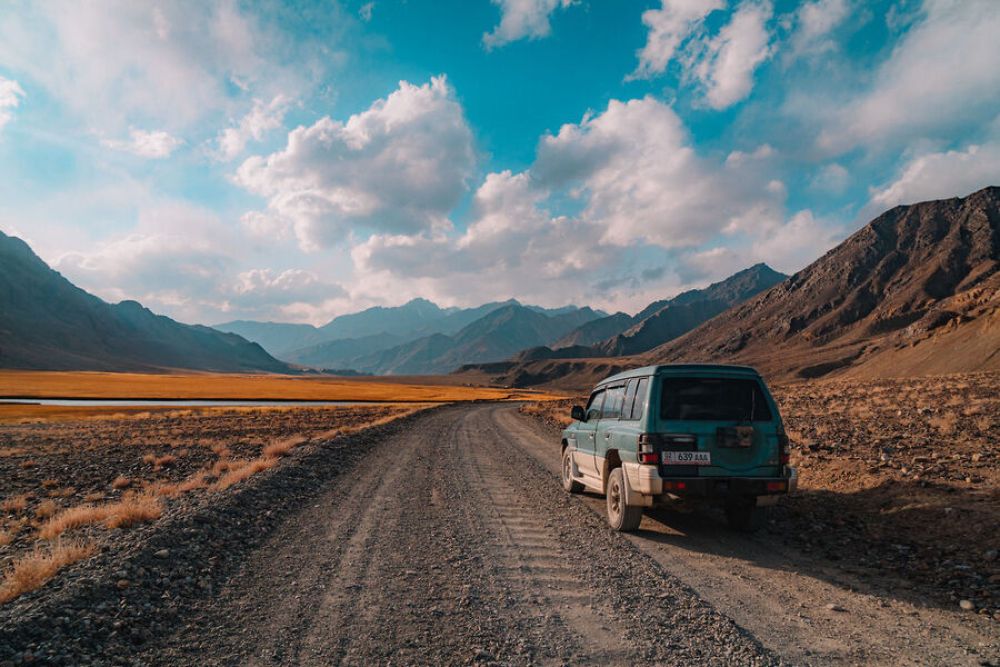

Lying at the crossroads of the ancient world, the Pamir Highway has served as a conduit for travelers, traders, and explorers for centuries. This historic path, known as the M41 highway today, straddles the rugged terrain of Tajikistan, offering a gateway through the formidable Pamir Mountains.
The inception of tourism on the Pamir Highway is intertwined with the Silk Road, the network of trade routes that connected the East and West, flourishing from the 2nd century BCE to the 18th century CE. It wasn't just commodities like silk, spices, and precious stones that traversed these paths, but also ideas, culture, and knowledge. Travelers including Marco Polo are believed to have navigated these treacherous paths on their historical expeditions.
The modern incarnation of the Pamir Highway is a product of Soviet engineering, having been constructed during the Soviet era to facilitate the transport of troops and supplies. Despite its strategic military importance, it also opened up this remote region to explorers and adventure seekers.
Following the collapse of the Soviet Union and Tajikistan's subsequent independence in 1991, the region saw a decline in travel due to political instability and lack of infrastructure. However, as stability returned, the Pamir Highway experienced a renaissance as an adventure tourism destination. Those seeking off-the-beaten-path experiences were drawn to the highway's rugged beauty and the cultural richness of Murghab and its environs.
In recent years, the Pamir Highway has captured the imagination of the global travel community. The rise of eco-tourism and the search for sustainable travel experiences has put regions like Murghab on the map for those seeking destinations that offer both environmental wonders and cultural immersion.
As tourism continues to grow, preserving the natural and cultural heritage of the Pamir region remains paramount. Efforts by local communities and international organizations aim to ensure that tourism is both beneficial and sustainable. Amidst this development, the challenges of infrastructure, accessibility, and environmental conservation play a significant role in the future prospects of tourism along the Pamir Highway.
Despite these challenges, the lure of the Pamir Highway remains undiminished. Its combination of history, culture, and stunning landscapes ensures that this ancient route---a link between the past and the present---will continue to draw intrepid souls to its mountain passes and remote vistas for years to come.